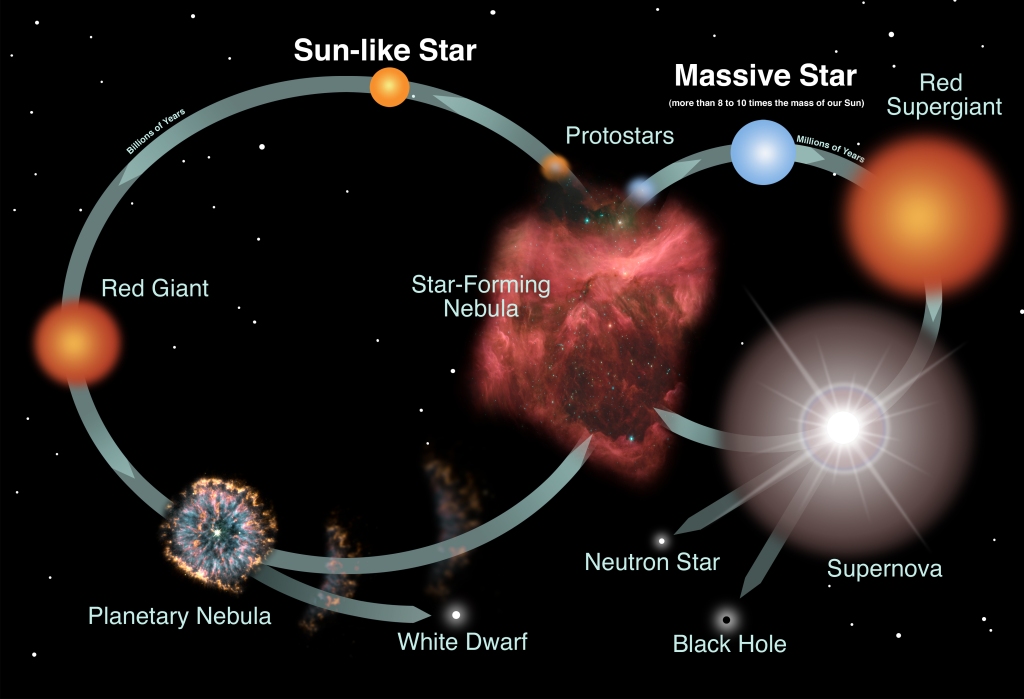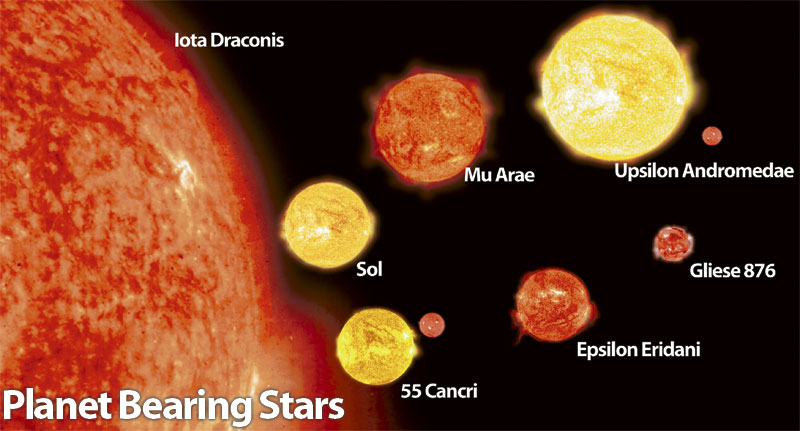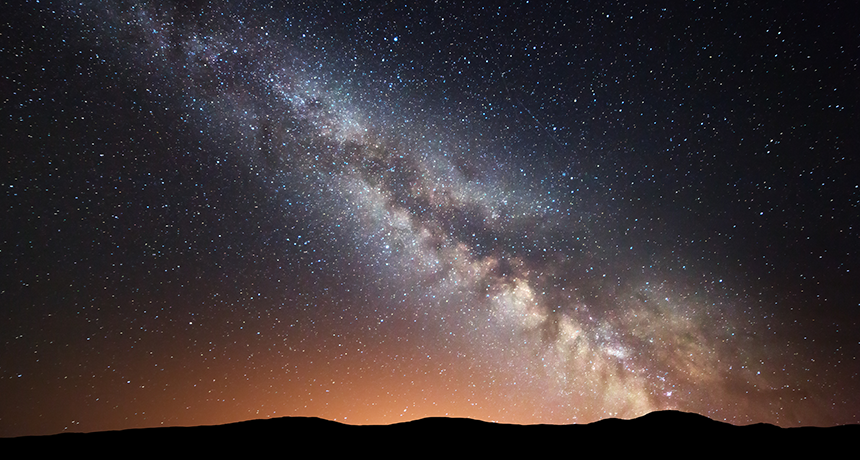
Whaddya know…after what seems like a geological age, we’re finally done with stellar evolution! And we’ve covered a truly ridiculous amount of information.
We’ve covered a star’s relatively gentle, humble beginnings within the collapsing cores of giant molecular clouds (or GMCs). We’ve explored how stars begin fusing hydrogen nuclei for fuel and how their interiors work.
We’ve covered how they evolve across the main sequence, and how they eventually exhaust their fuel, lose stability, and expand into giants.
We’ve delved into the way low- and medium-mass stars quietly expel their atmospheres and shrink into inert balls of carbon called white dwarfs. And we’ve watched as massive stars burst apart in brilliant supernova explosions and then collapse into some of the most extreme objects in the universe, neutron stars and black holes.
Those three end states–white dwarfs, neutron stars, and black holes–are known as compact objects, and we’ve explored them too.
If it all seems super complicated…I understand. But now, just as I did once with types of stars, I’m going to give you an overview to put it all together.
Continue reading




